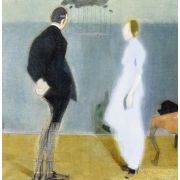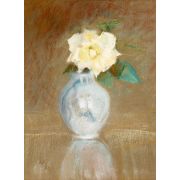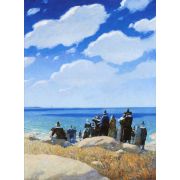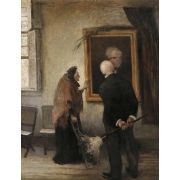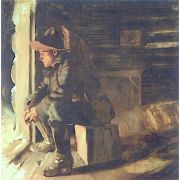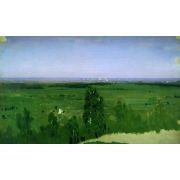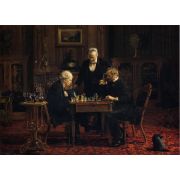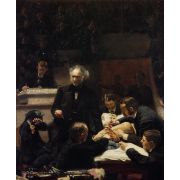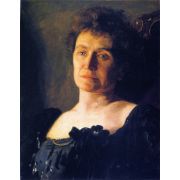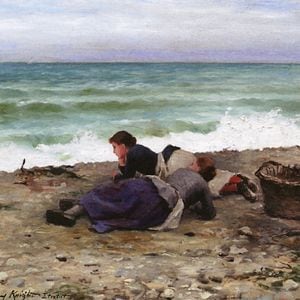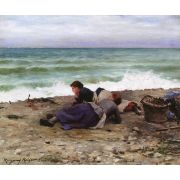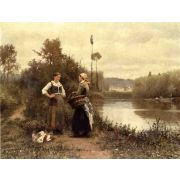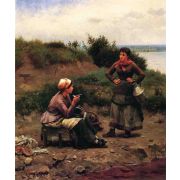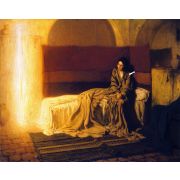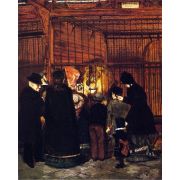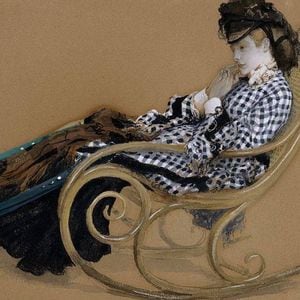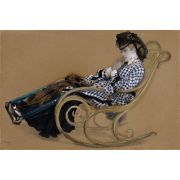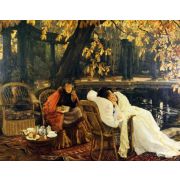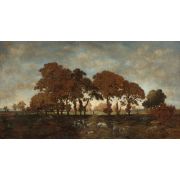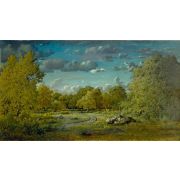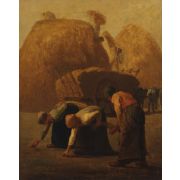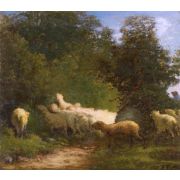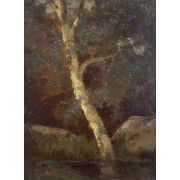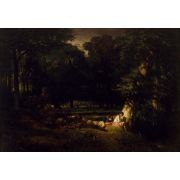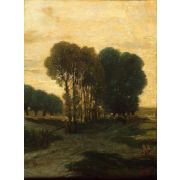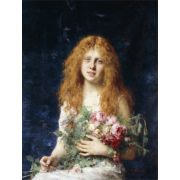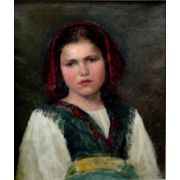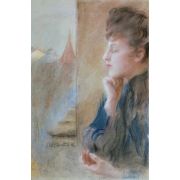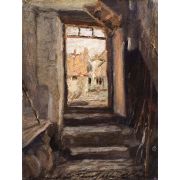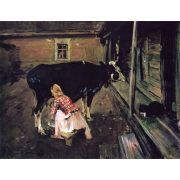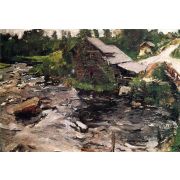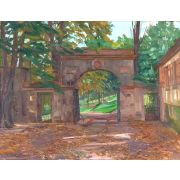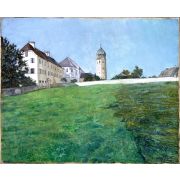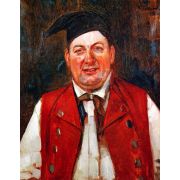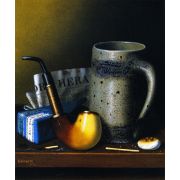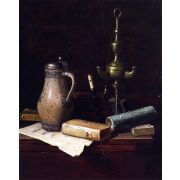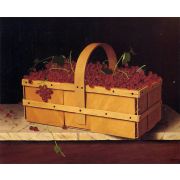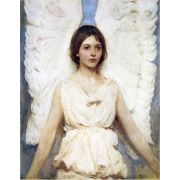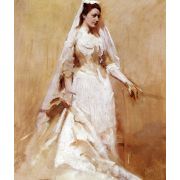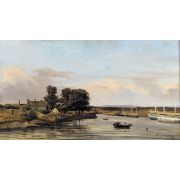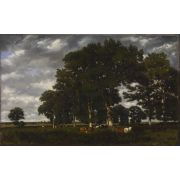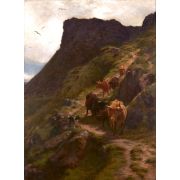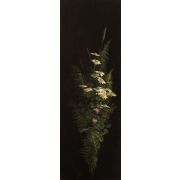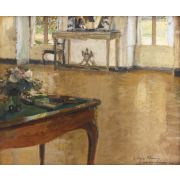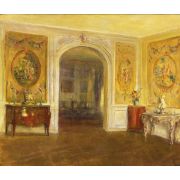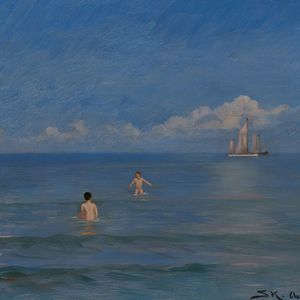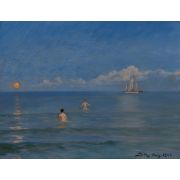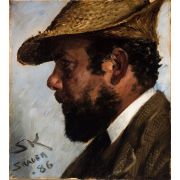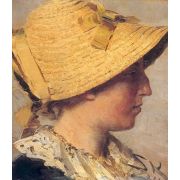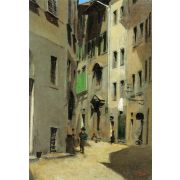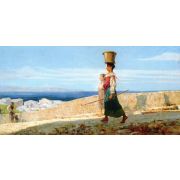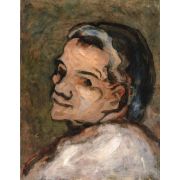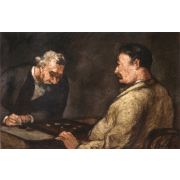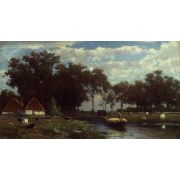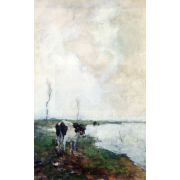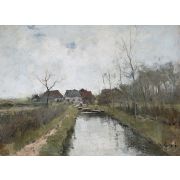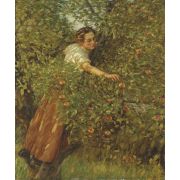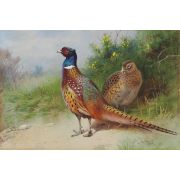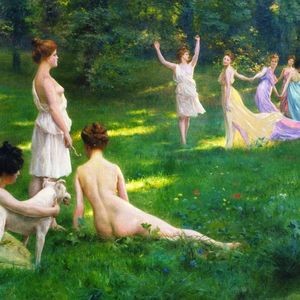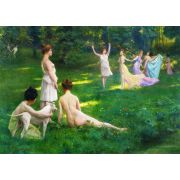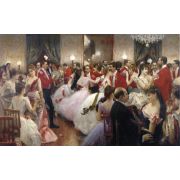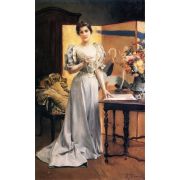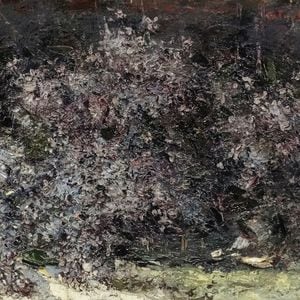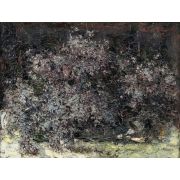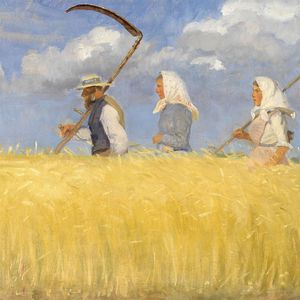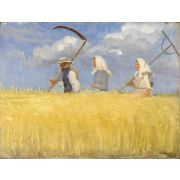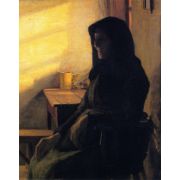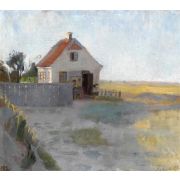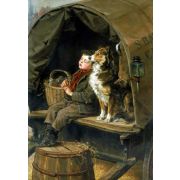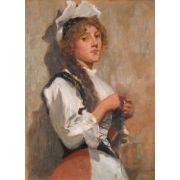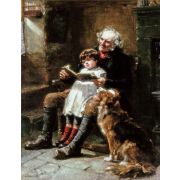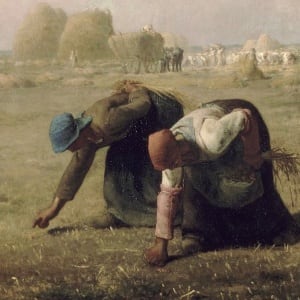
Realism
Realism
31 to 60 out of 111 artists
Helene Schjerfbeck
1862 -1946, Finnish, Female Artist / Realism and Expressionism, 199 works
Newell Convers (N.C.) Wyeth
1882 -1945, American / Romanticism and Realism, 190 works
Arkhip Ivanovich Kuindzhi
1842 -1910, Russian / Impressionism and Realism, 181 works
Daniel Ridgway Knight
1839 -1924, American / Realism and Naturalism, 171 works
Alexei Harlamoff
1842 -1922, Russian / Naturalism and Realism, 154 works
Theodor Axentowicz
1859 -1938, Polish / Realism and Art Nouveau, 145 works
Valentin Serov
1865 -1911, Russian / Impressionism and Realism, 135 works
Wilhelm Trübner
1851 -1917, German / Art Nouveau and Realism, 124 works
Peder Severin Kroyer
1851 -1909, Norwegian / Impressionism and Realism, 100 works
Telemaco Signorini
1835 -1901, Italian / Realism and Impressionism, 100 works
Julius LeBlanc Stewart
1855 -1919, American / Academic Art , Impressionism , and Realism, 85 works
Anna Ancher
1859 -1935, Danish, Female Artist / Symbolism , Realism , and Impressionism, 77 works
31 to 60 out of 111 artists
In the arts, realism means trying to show things as they are, without being fake and without using art conventions, things that don't make sense, strange, or supernatural things.
Realism has been prevalent in the arts for a long time, and it has a lot to do with technique, training, and staying away from stylization. In the visual arts, illusionistic realism accurately portrays living things, perspective, and light and color details. Realist works of art, like social realism, regionalism, or "kitchen sink realism," may focus on the everyday, the ugly, or the dirty.
There have been many realist movements in the arts, such as the verismo style of opera, literary realism, theatrical realism, and Italian neorealist cinema. In painting, the realist movement began in France in the 1850s, after the Revolution of 1848. Romanticism, which had its roots in the late 18th century and came to rule French literature and art, was rejected by the realist painters.
Realistic art shows how scenes and objects look precisely as they do in real life. It is drawn with the same level of detail and accuracy as a photograph. This way, realism is known as naturalism, mimesis, and illusionism. Realistic art has been made many times and places, and a lot of it has to do with technique, training, and not getting too stylized. It became evident in the Early Netherlandish paintings of Jan van Eyck and other artists in the 15th century. But this kind of "realism" is often used to show things like angels with wings that the artists had never seen in real life. Equally, 19th-century realist painters like Gustave Courbet are not known for their precise and careful depictions of how things look. In Courbet's time, that was more often a trait of academic painting, which often showed with great skill and care scenes that were made up or historical scenes that were made up. Instead of paying close attention to how things look, what makes Realism a movement in painting is the subject matter and how it is handled. Other words like "naturalism," "naturalistic," and "veristic" are just as vague. Still, the difference between "realistic" and "realist" is often practical, as is the word "illusionistic" for the accurate portrayal of visual appearances.
Art has been around for a long time and has always been about getting better at showing how things look. It includes showing how people and animals are built, how perspective and distance change things, and how light and color work in detail. Animals in Europe's Upper Paleolithic art look very much like they do in real life. Ancient Egyptian art developed rules for stylization and idealization that still let them make effective pictures that were used widely and consistently. People agree that ancient Greek art made a lot of progress in how it showed the human body and has been an important model ever since. No original paintings on panels or walls by the great Greek painters have been found. However, it is clear from written accounts and the many derivative works that have been found, most of which are Graeco-Roman mosaics, that illusionism was highly valued in painting. Pliny, the Elder's famous story about birds pecking at grapes painted by Zeuxis in the 5th century BC, might be a myth, but it shows how far Greek painting wanted to go. Roman paintings are accurate in terms of shape, light, and color. They also know, without being scientific about it, how to make faraway things look smaller than close ones and how to use perspective to show regular geometric shapes like the roof and walls of a room. This improvement in illusions did not mean that people gave up on idealism. For example, statues of Greek gods and heroes try to show idealized and beautiful forms as accurately as possible. However, some works, like the head of the famously ugly Socrates, were allowed to fall short of these ideal beauty standards. When Roman portraits weren't too influenced by Greek art, they were more faithful to the people they painted.

